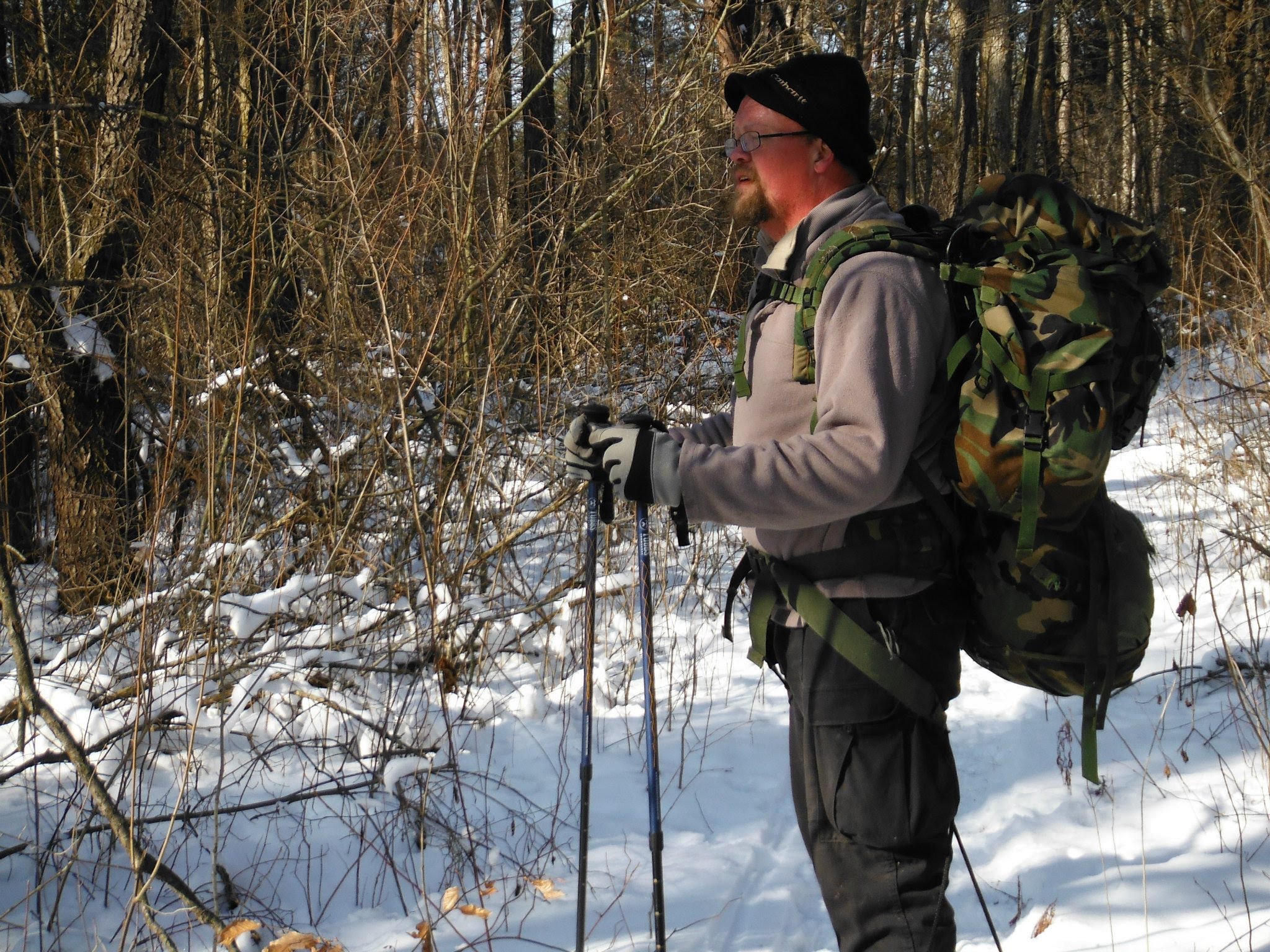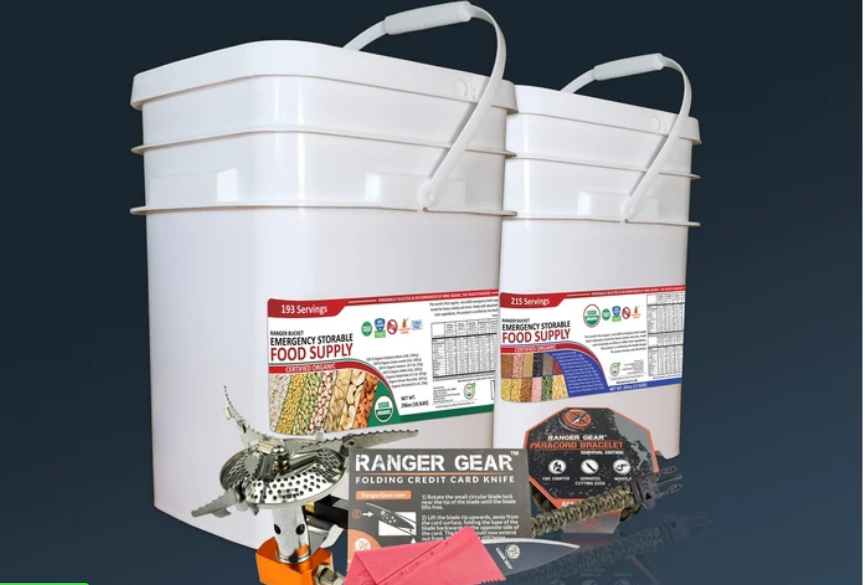How to use a winch for recovery when off-roading
07/26/2019 / By Edsel Cook

A winch is a valuable piece of equipment on any off-road transportation. Drivers who know how to get the most out of it can double a winch’s pulling power and even recover immobilized vehicles.
Do not attempt a recovery if you’re drunk or similarly affected. Select one person to oversee the effort. Make sure to keep the “project manager” out of the actual recovery – he or she needs to focus on coordinating and supervising the recovery.
A snatch block doubles the effectiveness of a winch
Setting up a snatch block does two things. First, it alters the angle of attack. Second, it enhances the amount of work performed by a winch.
A snatch block doubles the line back on itself. The load gets divided between the lines.
The arrangement allows a winch to put out twice the amount of work for the same effort. In effect, a winch rated for 10,000 pounds can pull twice that weight.
At the same time, the block decreases the pulling speed by 50 percent. The reduced load and speed help cut back on wear and tear.
Additional snatch blocks increase the amount of force put out by the winch even further. There is no hard limit on the number of blocks in a set-up.
While snatch blocks can boost the pulling power of a winch, the system can only take as much abuse as its weakest part. Make sure every part of the set-up can handle the augmented force of the load.
For example, the line that comes standard with the winch usually has the same strength rating as the device. If too much load is applied to it, the cable will snap. (Related: New to knot tying? Here are 5 knots you need to know.)
How to recover a rollover vehicle
Recovering a vehicle that rolled over is a challenging and dangerous task. As much as possible, contact a tow truck or a professional to do the job.
Otherwise, set up snatch blocks and winch-equipped vehicles. Position one recovery vehicle uphill of the target.
Attach a high anchor point on the frame or recovery point of the target. Then, secure all winching vehicles to the nearest solid, heavy object.
The drivers of the recovery vehicles need to turn off emergency brakes, disengage locks, and put their transmission into neutral. These safety measures protect their drivelines when their target gets righted and bounces.
Coordinate the operation with the winching vehicle uphill of the target. That unit maintains the tension on the lines while the others focus on the recovery.
Once the target gets righted over, it might slide or shimmy toward a winching vehicle. To prevent this, dig holes in the ground next to the passenger wheels, block the way with rocks, tie the lower side wheels to something solid, and take other measures that get the target to pivot.
The high angle recovery
The high angle recovery lets the driver pull his vehicle out of mud or winch it up and over a barrier. Sometimes it gets called the Hi-Lift maneuver after the brand of the vehicle jack drafted for the job.
Set the winch anchor points as high as possible. Use the largest trees and pick the best spots to tether the vehicle.
High mounting points reduce the shear stress on various parts of the suspension. They also prevent the winch lines from snapping. Last, they help disrupt the strong suction of thick mud.
In place of a natural high mounting option, use a Hi-Lift Jack, logs, rocks, and other large, heavy objects. Check the weight limit of the bar of the jack. The cast iron bar usually handles around 5,000 pounds of force.
Bugout.news has more on prepping for road accidents such as rollover vehicles.
Sources include:
Tagged Under: bug out, bugout car, bugout vehicle, cars, Gear, hi-lift jack, how-to, offgrid, offroad, preparedness, Preppers, prepping, road accidents, road emergency, rollover vehicle, snatch block, survival, transportation, trucks, vehicle recovery, vehicles, winch
RECENT NEWS & ARTICLES
COPYRIGHT © 2017 PREPAREDNESS NEWS

















